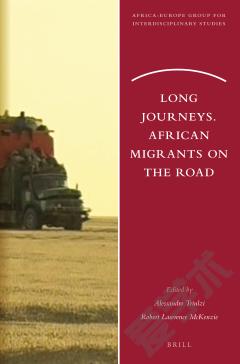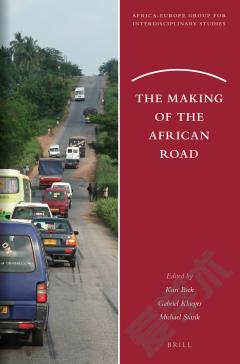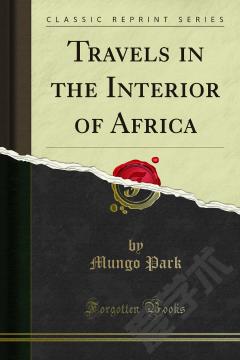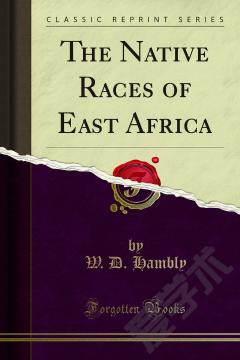Long Journeys. African Migrants on the Road
Based on several field studies since 2004, our research outlines the reversibility of the migratory phenomenon. A study of recent migration in Mauritania should take into account the different phases and its transformations over time. Three entangled temporalities can be underlined: long standing immigration in Mauritania, the transit period (2004- 2008) and the present-day post-transit situation. Historically, in this area, migratory flows are tied to job offers. Since its independence in 1960, Mauritania has offered interesting opportunities in the fishing, trading and mining sectors for the West African workforce. Mauritanian people admit readily "foreigners have built the country." In 2001, the discovery of oil reinforced this historical pull effect. Yet, in 2005 and 2006, the media focused overwhelmingly on the transit phenomenon and emphasized the "illegal flows" towards Europe (Haas 2007). They presented all sub-Saharan people in Nouadhibou as "potential illegal migrants," even before they tried to cross or thought of doing so. Moreover, they ignored the fact that regional migrations played a central role in the national economy and that most of the sub-Saharan people had been living and working there for a long time. Thirdly, as the European Union's policies are tougher than ever, migrants are getting stuck in Nouadhibou and Nouakchott (the capital city). In these cities, they live with working immigrants who arrived a long time ago. Obviously, the "transit phenomenon," that has drawn media attention, is the shortest of the three migratory temporalities (before, during and after the transit). As migrants get stuck in Mauritanian cities, it is currently interesting to pay attention to the spatial and social changes engendered by the arrival of migrants and their long-term settlement, especially in urban contexts. Thus, our chapter also sheds light on the social impacts of this "post-transit situation." We start the chapter by recalling the transit and post-transit phases. Secondly, we will describe and analyse migrants' everyday life in Nouadhibou and Nouakchott and their interactions with local society, highlighting how spaces and social relations are divided. Thirdly, we will stress the fact that Mauritanian migratory policies lead to the criminalisation of migrants and compound their difficulties. This new "post-transit" stage gives rise to a new geopolitical order characterized by a spatial reversal (with the definition of bad places where are living migrants), increasing controls and fuels xenophobic comments from those who define themselves as "autochthons" towards the others they consider as "foreigners". Therefore, migration is an important issue for a country characterized by identity conflicts between Arab Africans (the Moors) and black Africans (Halpulaar, Wolof, Soninke).
{{comment.content}}








 京公网安备 11010802027623号
京公网安备 11010802027623号